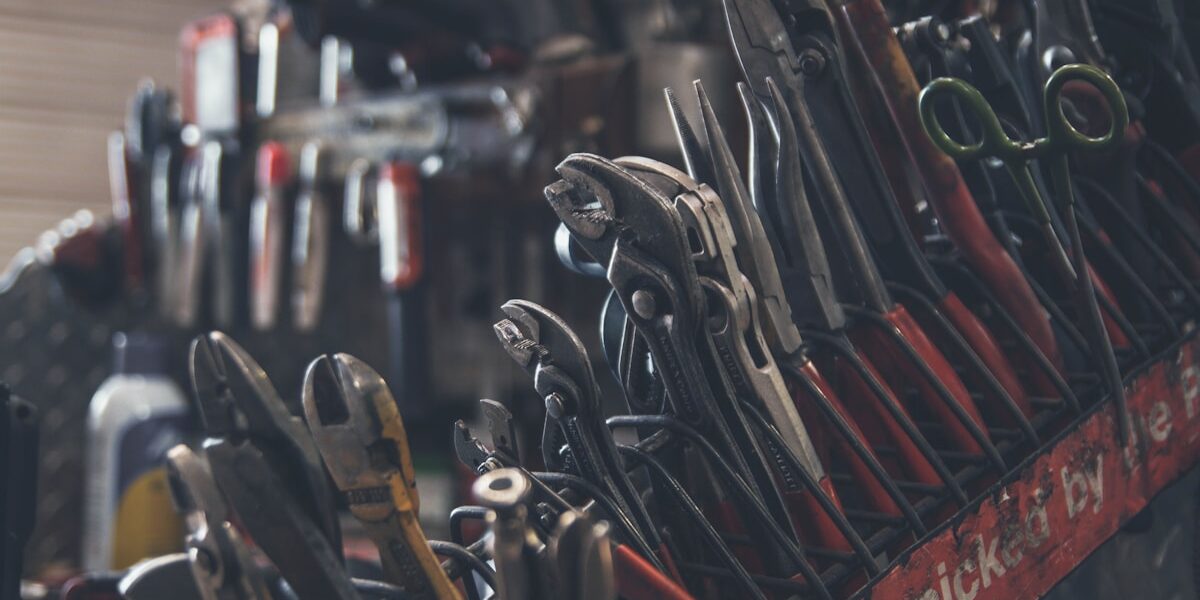Dadoes and Rabbets
Dadoes and rabbets are essential woodworking joints renowned for their simplicity and strength. These joints have a rich history and continue to be a foundation for many woodworking projects. Understanding them is crucial for both beginners and experienced woodworkers.


Understanding Dadoes
A dado is a square or rectangular channel cut across the grain of a piece of wood. It’s commonly used for shelving and cabinetry. The dado joint increases the surface area for gluing, creating a strong bond between the wood pieces.

There are several types of dadoes:

- Through Dado: This runs entirely across the width of the piece, usually from one side to the other.
- Stopped Dado: It stops before one or both edges, creating a channel that isn’t visible from the edge.
Creating a dado involves precise measurement, marking, and cutting. A straightedge guide on a router or a dado blade on a table saw is typically used.

The depth of a dado is usually one-third the thickness of the material. Measuring details ensures proper fit and alignment. Woodworkers often use a test piece to check the fit before cutting the actual workpiece. The test piece helps in making any necessary adjustments.

Rabbets Explained
A rabbet is a recess or notch along the edge or end of a wood piece. It allows another piece to fit snugly into it. Rabbets are common in cabinetry, especially for the back panel or glass insert in a frame.

There are different types of rabbets:

- Single Rabbet: This is a simple notch cut along one edge.
- Double Rabbet: Notches cut on both adjoining edges, often used in window frames or picture frames.
To cut a rabbet, woodworkers use tools like a table saw with a dado blade set, a rabbet plane, or a router with a straight bit. Here too, accuracy is crucial. Setting the correct depth and width ensures a proper fit and strength of the joint.

Applications and Benefits
Dado and rabbet joints increase the strength and durability of wooden structures. They offer more glue surface area compared to butt joints. This results in more durable and longer-lasting projects.

In cabinetry, dadoes hold shelves securely without visible fasteners. For drawers, rabbets ensure the drawer face fits seamlessly, improving both functionality and aesthetics.

Techniques and Tips
Using a dado blade on a table saw is among the most efficient ways to cut dadoes. Stackable dado sets allow adjustments in width. Using a router with a straight bit and a guide provides precision and clean cuts. For rabbets, setting up a dedicated fence on a table saw or using a rabbet plane offers control and accuracy.

One important technique is clamping the wood pieces firmly in place. This reduces vibrations and ensures precise cuts. Regularly checking the fit before final assembly avoids mistakes. Another tip is employing sacrificial fences to prevent tear-out and protect the tools.

Maintenance of Tools
Sharpening blades and bits regularly ensures clean cuts. Lubricating moving parts of tools such as table saws and routers extends their lifespan and maintains performance. Keeping tools clean and free from sap and resin build-up promotes efficiency and safety during woodworking tasks.

Safety Considerations
Working with cutting tools requires safety measures. Wearing safety goggles protects eyes from flying debris. Using push sticks and featherboards keeps hands away from blades. Hearing protection is necessary when working with noisy tools such as routers and table saws. Adequate ventilation and dust collection systems reduce inhalation of wood dust, which can be harmful over time.

Understanding the operational procedures and safety features of each tool is essential. Regularly inspecting tools for any damage or wear prevents accidents. It’s also good practice to keep the workspace organized and free from clutter, reducing the risk of tripping or bumping into sharp tools.

Common Mistakes and How to Avoid Them
One common mistake is incorrect measurement. Double-checking measurements before cutting is crucial. Another mistake is using dull blades, which can result in rough cuts and potential kickback. Ensuring blades are sharp and free from debris promotes clean cuts and safety.

Rushing through cuts can cause mistakes and accidents. Taking time for each step ensures accuracy and safety. Overlooking the grain direction when cutting dadoes can weaken the joint. Cutting across the grain, as designed, maximizes the joint’s strength and stability.

Innovations and Current Trends
Recent innovations in woodworking tools have made creating dadoes and rabbets more accessible. Laser-guided saws and advanced router jigs offer precision like never before. Digital measuring tools ensure exact dimensions and enhance accuracy.

There’s a growing trend towards using sustainable and reclaimed wood. This affects the choice of tools and techniques, as reclaimed wood may have hidden nails or irregularities. Adapting tool settings and cutting methods to these materials is becoming more common.

Additionally, CNC (Computer Numerical Control) machines are gaining popularity. They bring automation to creating dadoes and rabbets with high precision, especially beneficial for large-scale projects.

Environmental Considerations
Using sustainable wood sources and minimizing waste is crucial. Efficient cutting plans reduce leftover materials. Recycling scrap wood into smaller projects or donating it to community workshops benefits both the environment and the community.

Choosing non-toxic finishes and adhesives contributes to a healthier workspace and finished product. It’s part of the broader movement towards eco-friendly woodworking practices.

Learning and Resources
Numerous books, online courses, and woodworking forums provide valuable insights into creating dadoes and rabbets. Renowned authors and woodworkers often share tips and techniques that can help improve your skills.

Attending woodworking workshops or joining local woodworking clubs offers hands-on experience. These communities provide support, knowledge sharing, and inspiration for new projects.

Investing time in continual learning and practice hones skills, enabling more complex and rewarding woodworking projects.

\n\n
Related Articles
\n




Subscribe for Updates
Get the latest articles delivered to your inbox.
We respect your privacy. Unsubscribe anytime.